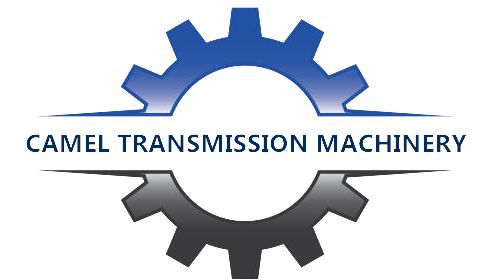geared motors
geared motors
Geared motors refers to the integrated body of reducer and motor (motor). This kind of integrated body can also be called a gear motor or a gear motor. Usually, a professional reducer manufacturer will integrate and assemble it and supply it as a complete set with the motor.
Geared motors are widely used in the steel industry, machinery industry, etc. The advantage of using a geared motor is to simplify the design and save space.
Geared motors are characterized by high efficiency and reliability, long working life, easy maintenance, and wide application. Its number of stages can be divided into single-stage, two-stage and three-stage gear reducer motors, and the main installation and layout methods are expansion, coaxial and shunt.
1. In the expansion type of the two-stage cylindrical geared motor, the gear is asymmetric relative to the supporting position. When the shaft is deformed by bending and torsion, the load is unevenly distributed in the tooth width. Therefore, the shaft should be designed with greater rigidity and keep the gear away from the input. Terminal or output terminal.
2. The shunt type characteristics of the two-stage cylindrical gear motor: the position of the extension shaft of the shunt gear motor can be extended from any side, which is convenient for the overall configuration of the machine. The gears of the shunt stage are processed into helical teeth, one side is right-handed, and the other is Turn left to counteract the axial force. One of the shafts should be able to move slightly in the axial direction to avoid jamming the gears.
3. Features of coaxial geared motors: compact radial size, but larger axial size. Due to the large intermediate shaft, the shaft has greater disturbance when under load, so the load concentration along the tooth width is more serious. At the same time, since the centers of the two-stage gears must be consistent, it is difficult to fully utilize the load-carrying capacity of the high-speed gears, and it is also difficult to lubricate the bearings located in the middle of the geared motor. The input end and output end of the geared motor are located at the two ends of the same axis, which limits the overall configuration of the transmission device.

- Rated Power:0.18kW~200kW
- Max. Torque: Up to 18000N.m
- Gear Arrangement: Helical Gears
- Shafts Position: Parallel Shaft
- Ratio:3.81~270.18
- Installation Form: Foot, Flange, Shaft Mounted

- Rated Power:0.18kW~200kW
- Max. Torque:Up to 50000N.m
- Gear Arrangement: Hardened Helical-bevel Gears
- Shafts Position: Right Angle
- Ratio:5.36~178.37
- Installation Form: Foot, Flange, Shaft Mounted

- Rated Power:0.18kW~160kW
- Max. Torque:Up to 18000N.m
- Gear Arrangement:Hardened Helical Gears
- Shafts Position:Inline or Parallel
- Ratio:1.3~289.6
- Installation Form:Foot or Flange Mounted

- Rated Power:0.18kW~22kW
- Max. Torque:90~4000N.m
- Gear Arrangement: Helical-worm Gears
- Shafts Position: Right Angle
- Ratio:10.27~230.48
- Installation Form: Foot, Flange, Shaft Mounted
